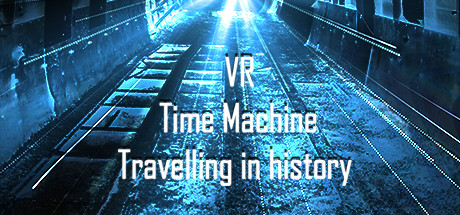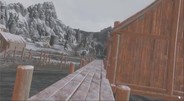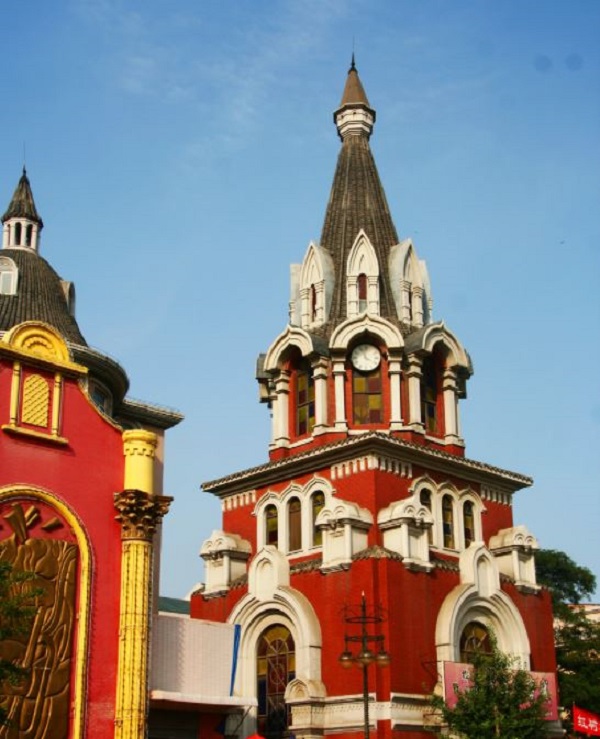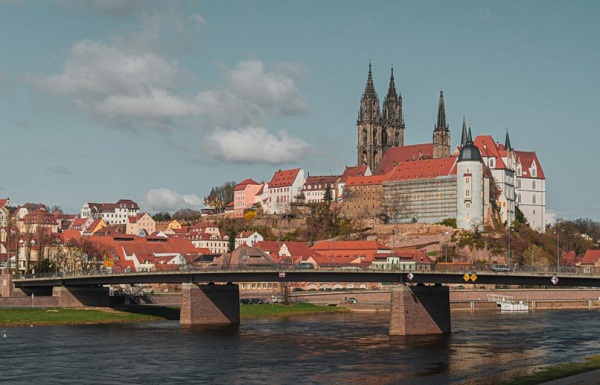Zainstaluj Steam
zaloguj się
|
język
简体中文 (chiński uproszczony)
繁體中文 (chiński tradycyjny)
日本語 (japoński)
한국어 (koreański)
ไทย (tajski)
български (bułgarski)
Čeština (czeski)
Dansk (duński)
Deutsch (niemiecki)
English (angielski)
Español – España (hiszpański)
Español – Latinoamérica (hiszpański latynoamerykański)
Ελληνικά (grecki)
Français (francuski)
Italiano (włoski)
Bahasa Indonesia (indonezyjski)
Magyar (węgierski)
Nederlands (niderlandzki)
Norsk (norweski)
Português (portugalski – Portugalia)
Português – Brasil (portugalski brazylijski)
Română (rumuński)
Русский (rosyjski)
Suomi (fiński)
Svenska (szwedzki)
Türkçe (turecki)
Tiếng Việt (wietnamski)
Українська (ukraiński)
Zgłoś problem z tłumaczeniem






















 European castles are known for their mysterious brilliance. Many castle owners are either kings, nobles, ministers, or princesses. Each has its own ancient legend about them. However, in the millennium, the hustle and bustle of the past has long been silent, and their masters have turned into dead bones.
European castles are known for their mysterious brilliance. Many castle owners are either kings, nobles, ministers, or princesses. Each has its own ancient legend about them. However, in the millennium, the hustle and bustle of the past has long been silent, and their masters have turned into dead bones.




 Steam
Steam @steam
@steam